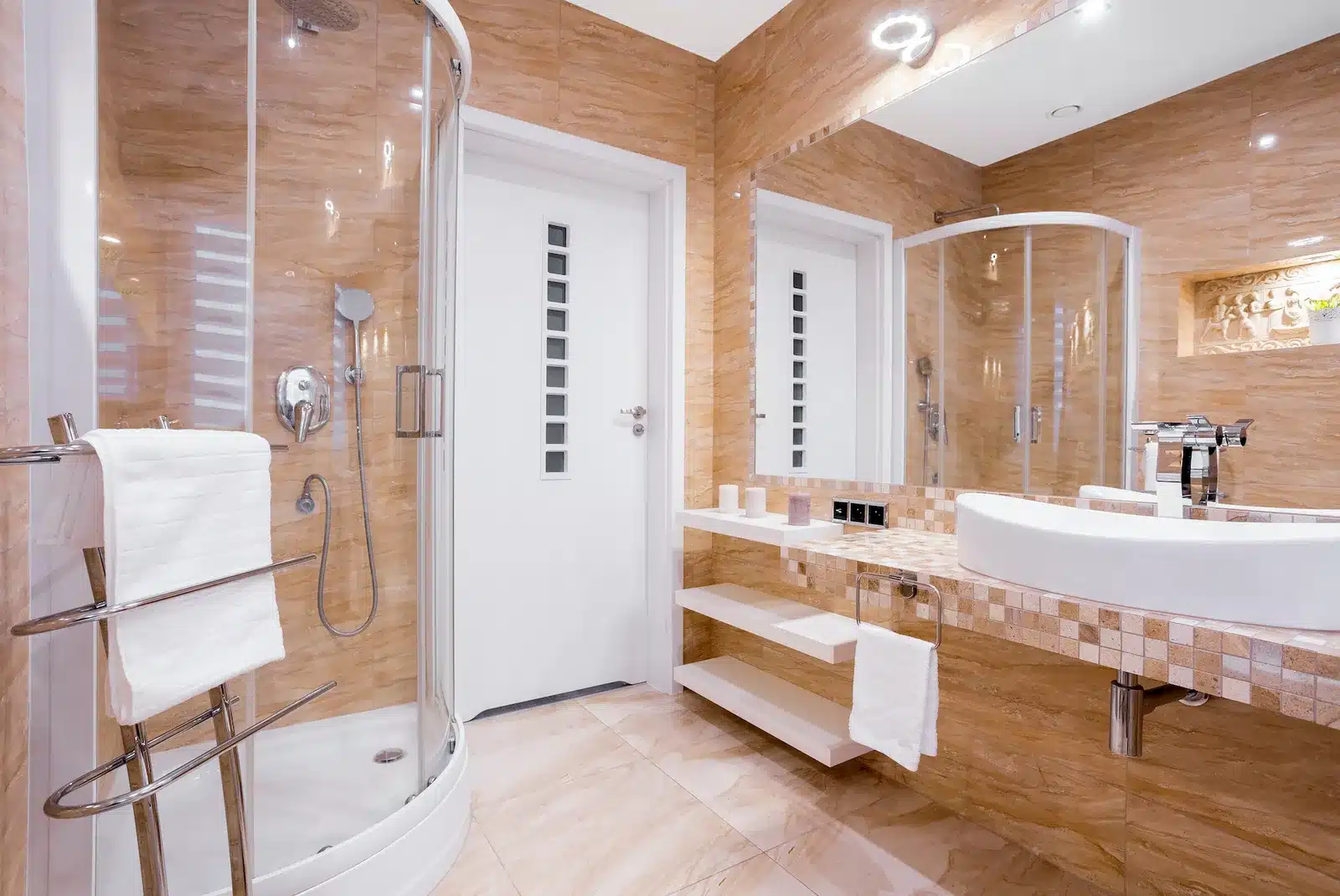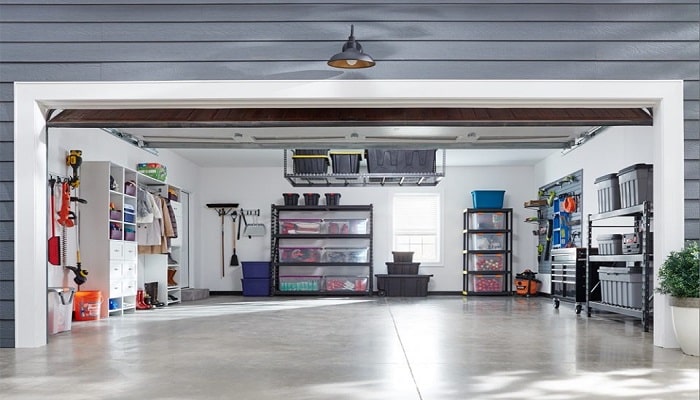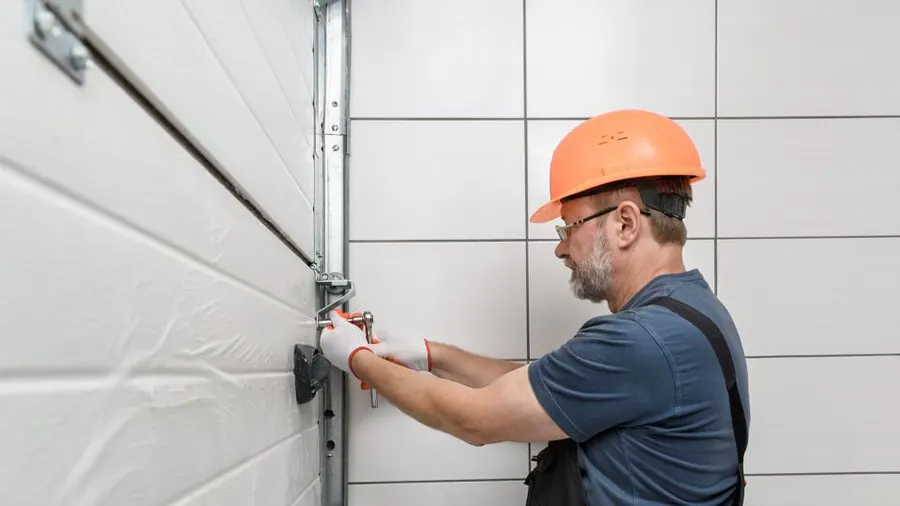Hardscaping Tricks to Elevate Your Driveway’s Aesthetics
Hardscaping plays a big role in enhancing the aesthetic appeal of driveways. Unlike softscaping, which focuses on the living elements of a landscape, hardscaping involves the incorporation of non-living features such as patios, pathways, walls, and in our focus, driveways. This blend of functionality and design not only transforms a driveway from a mere functional space into a visually appealing element of your home’s exterior but also contributes significantly to the overall curb appeal and value of your property.
Hardscaping is not just about beauty; it adds significant functionality to your outdoor space. It involves creating well-planned driveways that replace undesirable cracks and holes, enhancing the quality of the outdoor area. Professionally implemented hardscaping caters to a high level of customization, aligning with individual stylistic preferences and functional needs. This customization ranges from choosing materials that complement your home’s architecture to designing unique patterns or shapes that add a distinct visual appeal.
Investing in hardscaping, especially in areas like driveways, can increase the value of your home. It’s a practical long-term investment, with materials like brick, stone, and concrete offering durability and low maintenance. Hardscapes are built to last, often requiring minimal upkeep compared to traditional landscaping elements. This durability, combined with the enhanced visual appeal, makes hardscaping a wise choice for homeowners looking to improve both the aesthetic and financial value of their properties.
Popular hardscape materials
When planning a driveway hardscape, the choice of material is crucial as it impacts both the aesthetic appeal and functionality of the space. Let’s explore some popular hardscaping materials, each offering unique benefits and considerations.
Gravel grids are an innovative solution, especially for areas that need to withstand heavy loads. These grids aid in drainage and add stability to the gravel surface. While they offer an eco-friendly and versatile hardscaping option, installing gravel grids can be labor-intensive and costlier compared to traditional gravel. A gravel grid requires specific types of gravel for infill and may increase the overall expense of the project. Although more costly than simply spreading gravel, utilizing a grid will provide a much more sturdy surface which will require less maintenance over time.
Pavers, made from concrete or clay brick, present a versatile option. They come in various styles, colors, and sizes, allowing for creative design flexibility. If a paver gets damaged, you can simply replace the individual piece instead of repairing the entire driveway. However, pavers can be a pricier option, and certain styles may become outdated over time. They also present challenges in areas with significant tree roots and can make snow removal more difficult, especially with cobblestone pavers.
Gravel is another popular material, known for its rustic charm and design flexibility. It’s available in various sizes and colors, adding texture and character to your landscape. Gravel aids in water drainage and is an eco-friendly option. However, gravel driveways may need frequent re-grading and can be less stable compared to other materials.
Asphalt driveways are a common choice, especially in regions with heavy snowfall. They are economical and less prone to cracking due to frost heaves. Additionally, asphalt facilitates easier snow removal. However, it demands high maintenance, including routine sealing every three to five years, and can be prone to cracking if not properly maintained.
Other materials like natural stone, concrete, wood, and brick also have their unique appeals and drawbacks. Natural stone, while elegant and durable, requires consistent resealing and is typically more expensive. Concrete offers versatility and durability but needs regular cleaning and occasional resealing. Wood, ideal for decks and pergolas, demands regular maintenance to prevent decay. Brick is a low-maintenance, classic option, although it offers limited design flexibility compared to other materials.
Innovative hardscaping ideas
Transforming your driveway into an aesthetically pleasing and functional space can be an exciting endeavor. Here are some innovative hardscaping ideas that are both trendy and practical.
A contemporary approach to driveway design is the paver/grass combination, which offers a striking contrast between the lush green of grass and the solidity of porcelain pavers. This design not only enhances the visual appeal but also adds a modern touch to your driveway. The versatility of this style allows for a variety of patterns and layouts, giving you the freedom to create a unique look.
Large-sized pavers are becoming increasingly popular in driveway hardscaping. Unlike traditional-sized pavers, which can visually constrict a space, large pavers create the illusion of a more expansive area. This is achieved through fewer grout lines, resulting in a less segmented and more uniform appearance. Strategically laying these pavers can maximize their effect, enhancing the overall look of your driveway.
For those who love the aesthetic of wood but want to avoid its maintenance challenges, porcelain paver wood panels are an excellent choice. These panels are designed to withstand harsh weather conditions, offering the beauty of wood without its susceptibility to damage. This option is perfect for driveways adjacent to patios or lanais, providing a seamless transition from one outdoor space to another.
Adding vibrant colors and diverse plants to your driveway can make a significant impact. Incorporating drought-tolerant plants like Agave, Blue Fescue, or Lavender not only adds beauty but also demonstrates environmental consciousness. Multi-colored plants such as Croton or Coleus can further elevate the driveway’s aesthetic, creating a lively and inviting entrance to your home.
Grass pavers offer a unique solution for driveways requiring both structural integrity and a natural appearance. These pavers allow grass to grow between them, perfectly blending hardscaping with greenery. Pavers are especially useful in areas needing erosion control and soil stabilization, combining functionality with ecological benefits.
Porous pavements are an eco-friendly option that enhances drainage and reduces runoff pollution. While not suitable for high-traffic areas, they are ideal for walkways and can help prevent flooding in low-lying areas during heavy rains.
Lastly, using reclaimed materials like lumber or Cor-Ten steel adds a distinctive character to your driveway. Reclaimed wood is durable and insect-resistant, ideal for outdoor structures, while Cor-Ten steel develops a rustic look over time without the need for maintenance. These materials are not only sustainable but also add a unique flair to your outdoor space.
Each of these innovative hardscaping ideas offers a unique way to enhance the functionality and aesthetic appeal of your driveway, turning it into a standout feature of your home’s exterior design.








One Comment